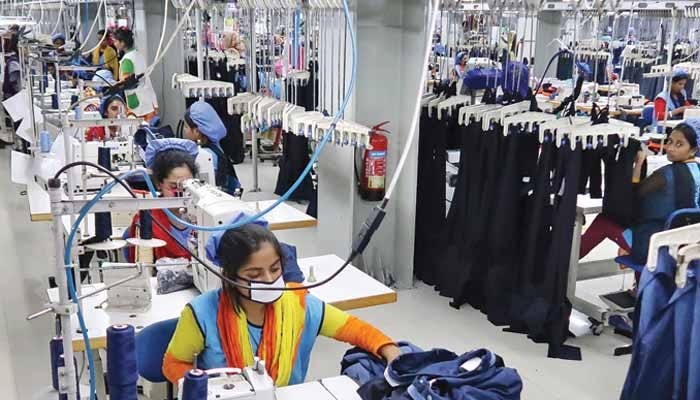Thursday, 01/01/2026 | 17:59 GMT+7
As mentioned before, manufacturing facilities are big. Employing numerous workers and operating countless machines, leads to high energy consumption for lighting, HVAC, systems, and other essential operations. This makes it challenging to maintain low energy costs while ensuring a safe and socially responsible working environment.
One significant challenge is the garment manufacturing process itself. It is inherently complex and energy-intensive. And, as many factory managers also hesitate to invest in modern equipment due to high substantial financial costs, outdated machinery, and technology are often significant contributors to high energy consumption.

Another obstacle is the lack of data visibility. Inadequate data collection or monitoring of the production makes it difficult for factory managers to understand production patterns and therefore hard to identify which processes are inefficient and consume too much energy. Areas that could be improved cannot be identified.
Additionally, workers' lack of knowledge and awareness regarding the importance of energy consumption often makes it hard to implement sustainable and energy-saving measures in a garment factory. Due to that employees are less likely to adopt economically friendly behaviors in the workplace, further intensifying the energy inefficiency in a garment factory.
There are different ways to improve energy efficiency in a garment factory, ranging from small to bigger measures, that all payout in one way or another.









 Webinar 2: “Financial Support for Energy Efficiency Enterprises – Opportunities and Challenges”
Webinar 2: “Financial Support for Energy Efficiency Enterprises – Opportunities and Challenges”
 Vietnamese enterprises achieve green growth and cut costs through energy efficiency
Vietnamese enterprises achieve green growth and cut costs through energy efficiency
 Capacity Building for Program Implementing Entity
Capacity Building for Program Implementing Entity
 Enhance Energy Efficiency Knowledge for Managers of Cement Industrial Enterprises
Enhance Energy Efficiency Knowledge for Managers of Cement Industrial Enterprises
 Capacity building for participating financial institutions in Ho Chi Minh City
Capacity building for participating financial institutions in Ho Chi Minh City
 Strengthening capacity for energy management officers of local government agencies
Strengthening capacity for energy management officers of local government agencies
 Strengthening Sales and Marketing Capacity for Energy Efficiency Equipment and Solution Suppliers
Strengthening Sales and Marketing Capacity for Energy Efficiency Equipment and Solution Suppliers